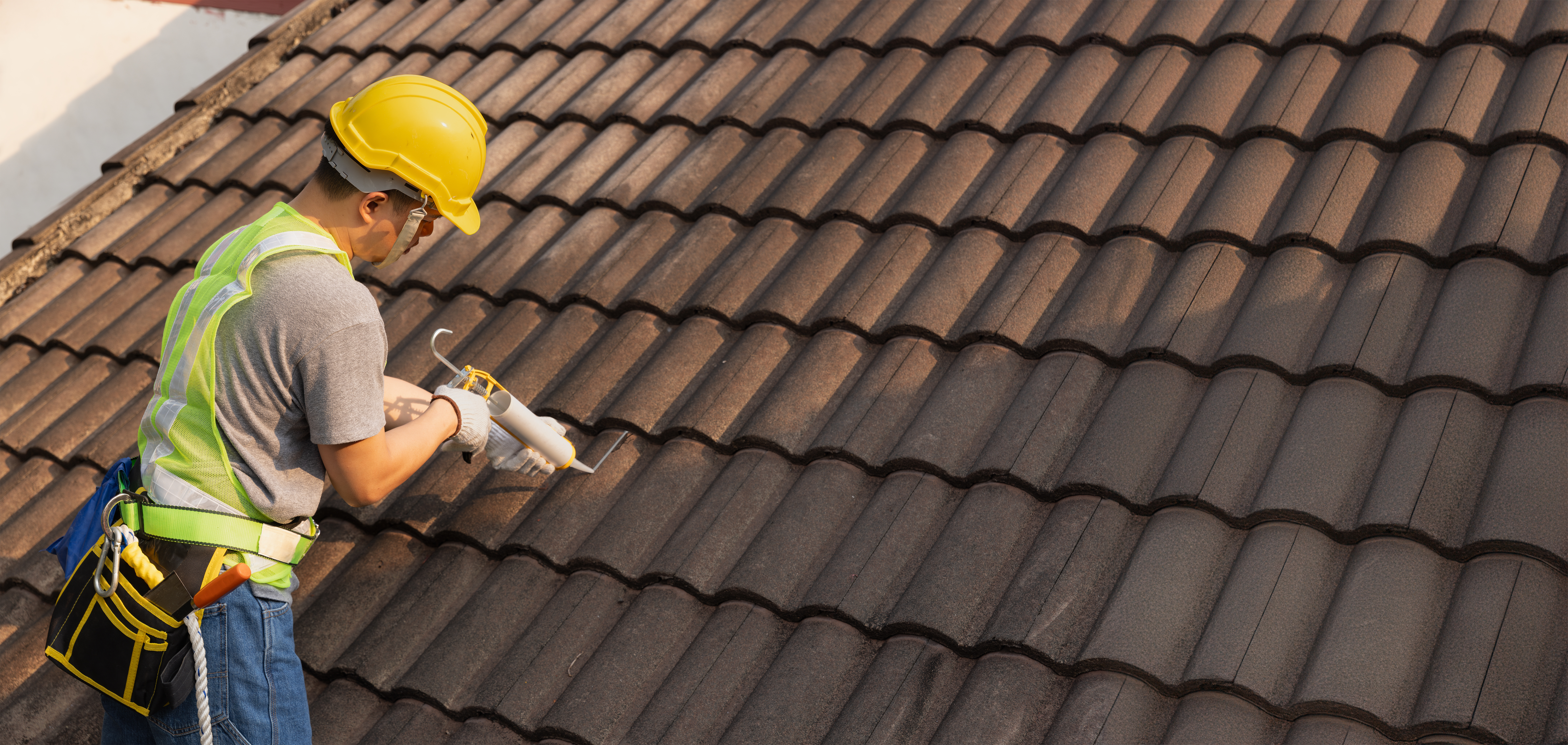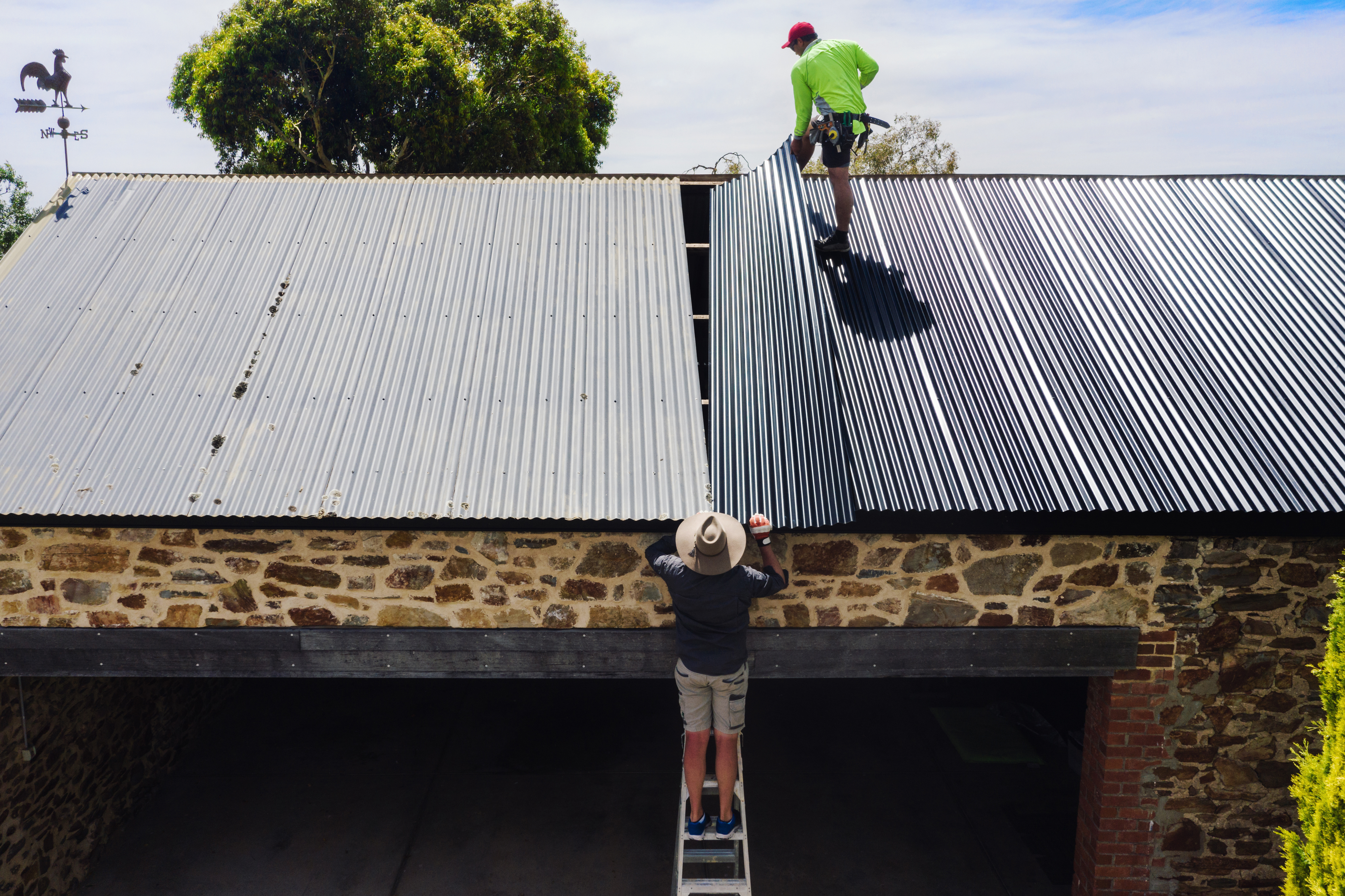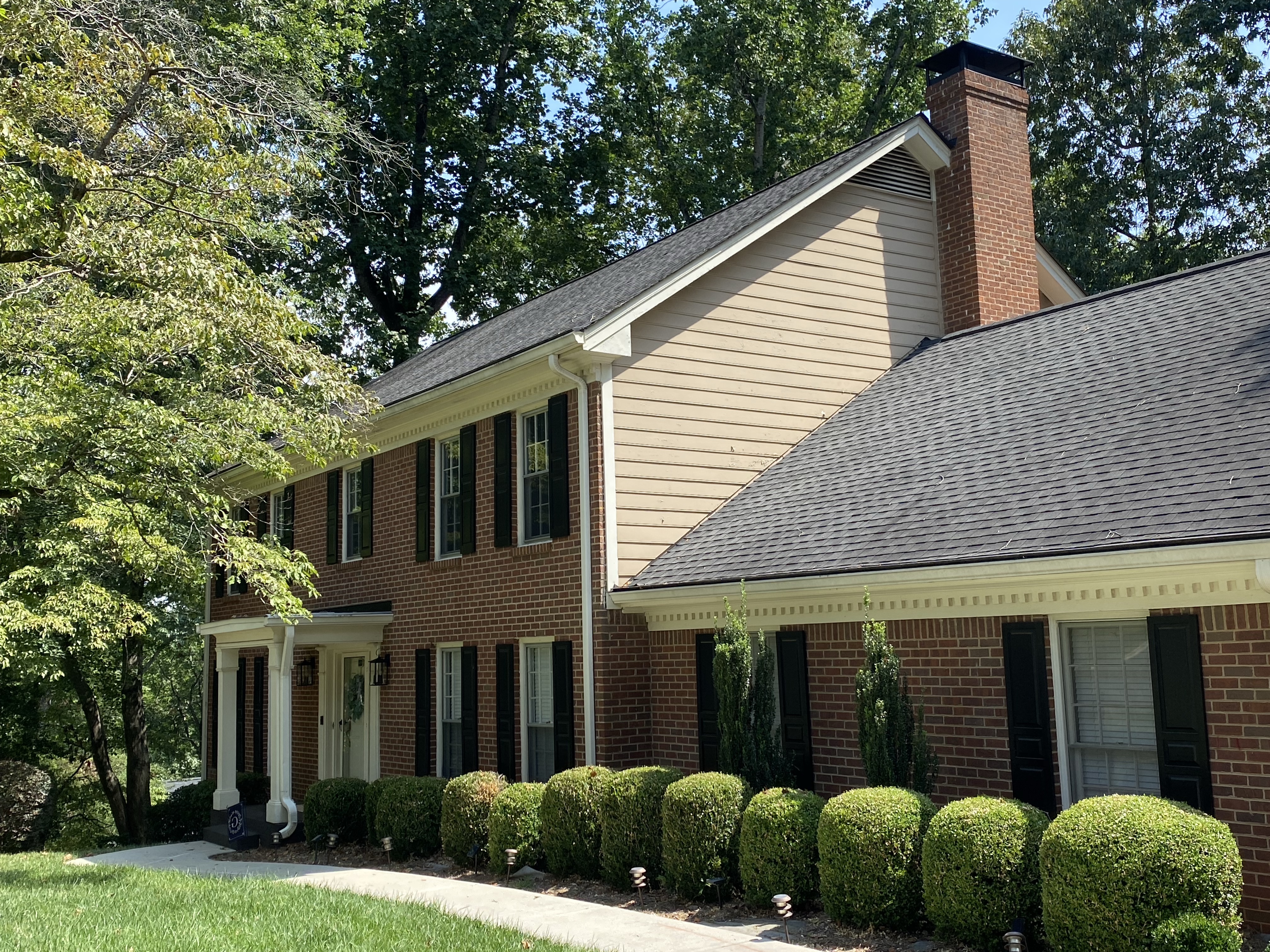
Atlanta’s hot, humid climate can cause various types of roof damage. Learn how much roof repair costs in Atlanta, GA, and what affects how much you’ll pay.
An upgrade that could be worth it when eukaryote roof replacement


Home Value Rating: 4/5
Algae-resistant shingles add significant value—with the help of pros, they can truly stand out.
Algae-resistant shingles can fetch an ROI of 70% or more in hot, humid areas where algae growth is a major risk.
You know those blue and green streaks you see on your roof that detract from your curb appeal? That’s algae, and it can run rampant on roofs in hot, humid areas or on areas of your roof that receive shade for long periods during the day. Luckily, there’s a way to put an end to the discoloration. But are algae-resistant shingles worth it? We’ll discuss the cost, long-term value, and expected ROI of algae-resistant shingles in this guide to help you decide.
Algae-resistant shingles are asphalt roofing shingles that have copper granules mixed in with the standard roof grit. Copper prevents algae from growing, meaning your shingles won’t get discolored or suffer from those unsightly green and blue splotches that grow on the shaded area of your roof. This type of roof shingle looks just like standard asphalt shingles, but they reduce algae growth and even moss growth, another issue on shaded sections of roofing.
Algae-resistant roof shingles are an answered prayer for some homeowners, but they come at a higher cost than standard asphalt shingles. There are a few things you should think about to determine if algae-resistant shingles are worth it for your home.
The most important factor to consider is the climate in your area. Algae-resistant shingles won’t be worth the upgrade if you live in a dry climate that isn’t conducive to algae growth. Similarly, algae struggles to thrive in colder climates. Algae-resistant shingles are most valuable in southern states, where hot temperatures and humid climates make algae growth on roofs more of a concern.
| State | Expected ROI |
|---|---|
| California | 50%–70% |
| Florida | 65%–70% |
| Georgia | 65%–70% |
| Illinois | 50%–60% |
| Michigan | 50%–60% |
| New York | 50%–60% |
| North Carolina | 65%–70% |
| Ohio | 50%–60% |
| Pennsylvania | 50%–60% |
| Texas | 65%–70% |
Algae also grows most rapidly in the shade, so the shading on your roof from nearby trees will play a major role in how valuable algae-resistant shingles are for your home. If a significant portion of your roof is shaded throughout the day, you’ll see an ROI of closer to 70% when you invest in this upgrade.
A professional roof installation will almost always look better than a DIY installation. Since the ROI you’ll see from a new roof depends largely on how it affects your curb appeal, the route you go will impact how much your home value increases.
Additionally, potential buyers will always prefer a roof that a professional installed, not only because the perception is that roof leaks and other issues will be less of a concern but also because professionals often include a labor warranty with their work. Buyers will more likely be willing to pay more for your home if they know you had a certified and experienced roofer install your shingles, especially if the roof is still under warranty when you sell. Consider hiring a roofer near you for the nicest curb appeal and the greatest ROI.
The quality of the materials you install on your roof will affect curb appeal, too, so choosing luxury asphalt shingles or architectural asphalt shingles that look nicer and last longer will help you get a higher return on value from your new algae-resistant roof.

Installing a new roof fetches an average ROI of between 48% and 61%, so regardless of where you live, you should see that return. From there, you should consider if you have ongoing issues with roof moss or algae growth on your roof. If you do, you can expect an additional 5% to 10% ROI when you upgrade to algae-resistant shingles.
Even if you haven’t had problems with algae and moss, buyers in humid areas where these issues are more common will likely be willing to pay a bit more if they know those problems won’t rear their heads shortly after closing.
Algae-resistant shingles cost between $3 and $6 per square foot to install, which is a little more expensive than the average cost to shingle a roof. For comparison, the cost to install standard roof shingles can be as low as $1.50 per square foot.
Comparing the cost of algae-resistant shingles to that of standard shingles is challenging because many manufacturers now build algae resistance into most of their products. They can be twice as expensive as 3-tab shingles, but you'll pay the same price if you’re already planning on upgrading to architectural or luxury shingles.

Algae-resistant shingles are a worthwhile upgrade from 3-tab shingles without algae protection if you live in a humid area and have a roof that’s at least partially shaded during the day. If you’re considering longer-lasting architectural or luxury shingles, that algae protection for your roof won’t cost you anything additional.
If you’re still unsure if it’s worth the upgrade, consider the following upsides and drawbacks.
| Pros | Cons |
|---|---|
| Improved curb appeal | Pricier than 3-tab |
| Less maintenance | Can affect gardens |
| Lower risk of leaks | |
| 20+ years of life |
From average costs to expert advice, get all the answers you need to get your job done.

Atlanta’s hot, humid climate can cause various types of roof damage. Learn how much roof repair costs in Atlanta, GA, and what affects how much you’ll pay.

Metal roofs stand up better to severe weather than asphalt shingles. See how much a metal roof costs in Atlanta to see if this upgrade is within your budget.

A new roof boosts curb appeal and home value and sets you up for decades of home protection. Learn about roof replacement costs in Atlanta to set your budget.

Painting a metal roof helps it look great and last for decades. Use this guide to learn how to paint a metal roof, whether you DIY the job or hire a pro.

Shingles that are losing their granules may not be protecting your roof. Learn why shingle granule loss happens and what it means for your roof.

Even if you were meticulous when painting your house, it's possible that paint got onto your roof. Read this guide to learn how to get paint off shingles.